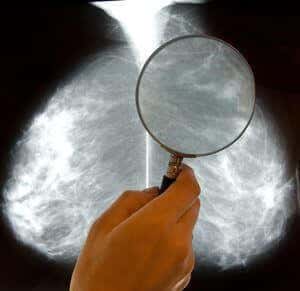
Vitamin D levels may be important as a way for women to lower breast cancer risk. That is the conclusion from an epidemiological study (PLOS One, June 15, 2018).
Which Women Had a Lower Breast Cancer Risk?
The study included postmenopausal women from two different randomized clinical trials and a prospective study. Data collection ran from 2002 to 2017 and included data from 5,038 women altogether. All the women were at least 55 years old; their average age was 63. The volunteers had a wide range of vitamin D blood levels, measured as 25-hydroxyvitamin D [25(OH)D]. During the time frame of the study, 77 of the women were diagnosed with breast cancer.
Women with 25-hydroxyvitamin D levels of at least 60 ng/mL were 82 percent less likely to get such a diagnosis than those with 25(OH)D levels of 20 ng/mL or lower. Even after adjusting for factors such as age, smoking and BMI, women with vitamin D levels at 60 ng/mL or above had an 80 percent lower breast cancer risk.
25(OH)D is sometimes measured as nmol/L instead of ng/mL. The equivalent of 60 ng/mL is 150 nmol/L.
How Can You Get Your Vitamin D Levels Up?
Currently recommended levels for vitamin D supplements will probably not raise blood levels of 25(OH)D to 60 ng/mL. US RDA for vitamin D3 is 600 IU/day for everyone from 1 to 70 years of age. Over age 70, the recommended amount is 800 IU/day. Sun exposure of 15 to 20 minutes daily during the summer might suffice, depending on latitude.
However, people planning to get their vitamin D from supplements might need to take as much as 4,000 or even 6,000 IU of vitamin D3 every day to reach blood levels of 60 ng/mL for 25-hydroxyvitamin D. People should ask their doctors to measure 25(OH)D levels so they can adjust their supplementation appropriately. It is possible to take too much vitamin D3 and experience toxicity, so monitoring is helpful.

